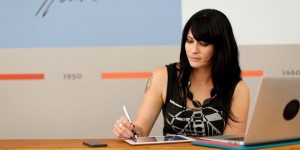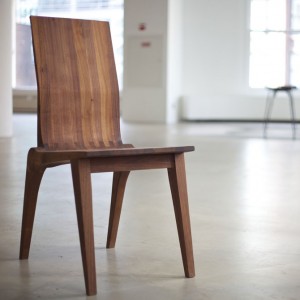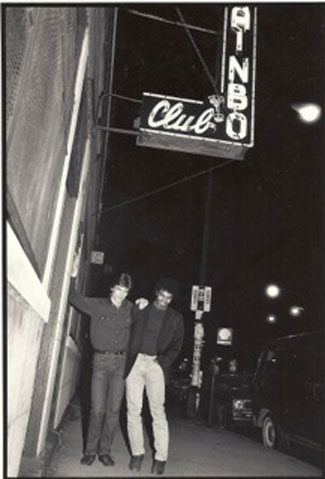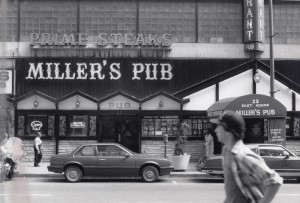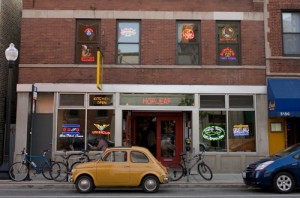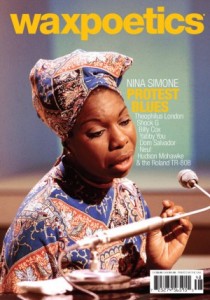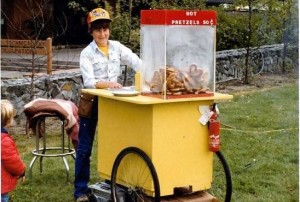Feature
Nothing Major
April 19, 2013
Link
Lost albums and self-made musicians are profiled in a sprawling new book on DIY recordings.
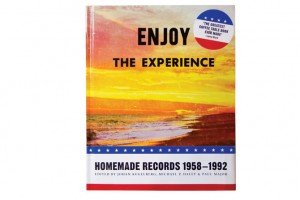
As the ritual of hunting down limited-edition vinyl for Record Store Day begins, music fans can turn to a new book about private press recordings to see what limited really means. Enjoy The Experience: Homemade Records 1958-1992, the first release from the Sinecure Books imprint, compiles, catalogs, and exposes hundreds of private press records, a celebration of self-funded, small-batch sounds from the margins of the music world.
Assembled over three years from the collections of noted vinyl afficianados like Eothen Alapatt and Gregg Turkington, the profiles of these rare releases paint a portrait of self-starters and artistic misfits, from outsider folk trios to religious cult leaders, who had the drive to commit their visions to vinyl by themselves, before the days of Soundcloud and Bandcamp.
Editor, author, and collector Johan Kugelberg, who wrote the book with Paul Major and Michael P. Daley, says the attraction is “privately made records as an American vernacular.”
“I’ve been knee-deep in this stuff for over half my life to date,” he says. “I love this music and these people, so the ultimate art experience for me is the realization that what Paul Major coined as ‘real-people music’ is infinitely more rewarding than mass-produced music product.”
Read more…

